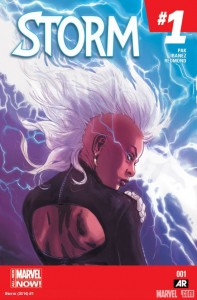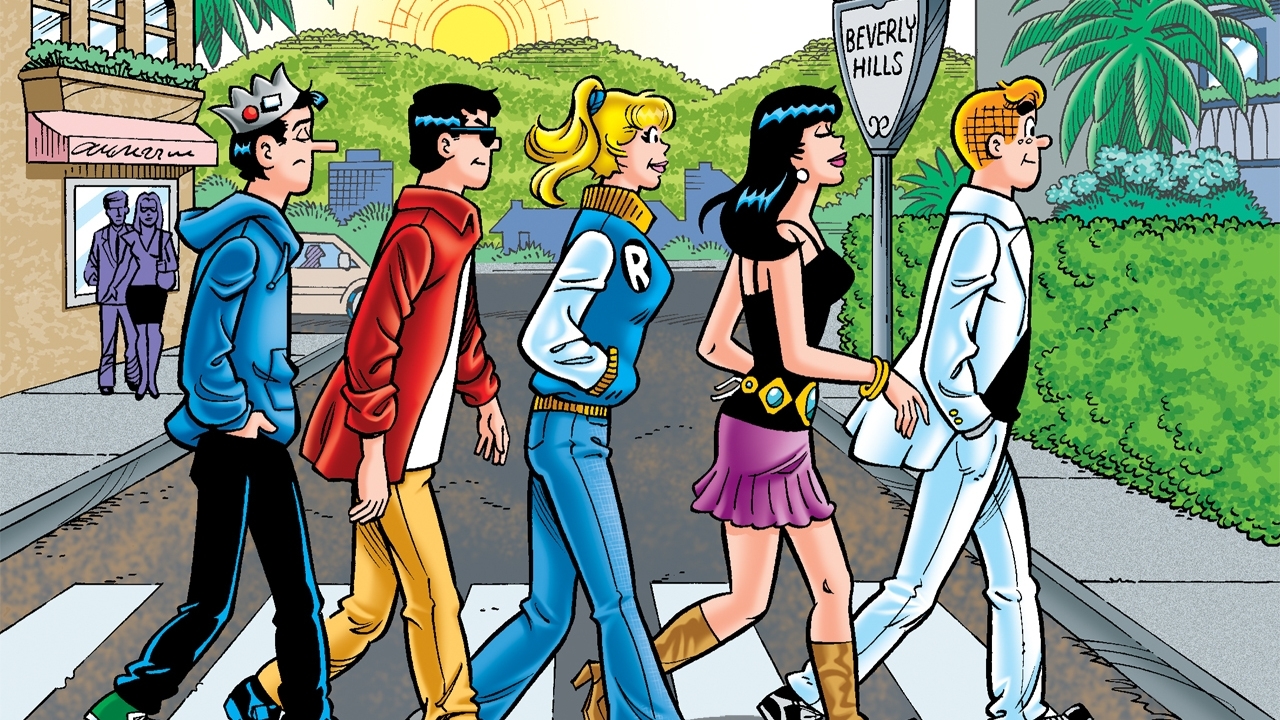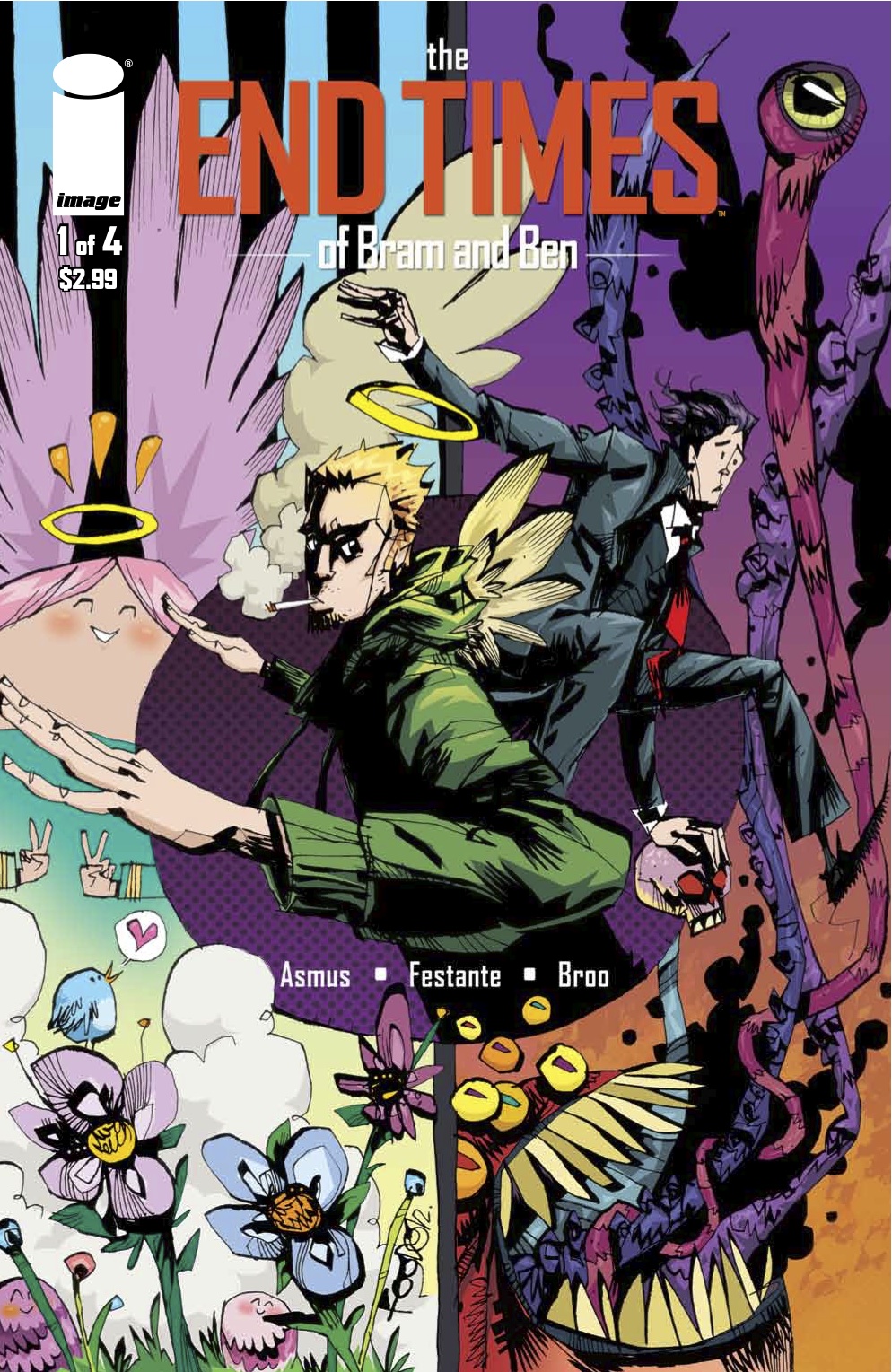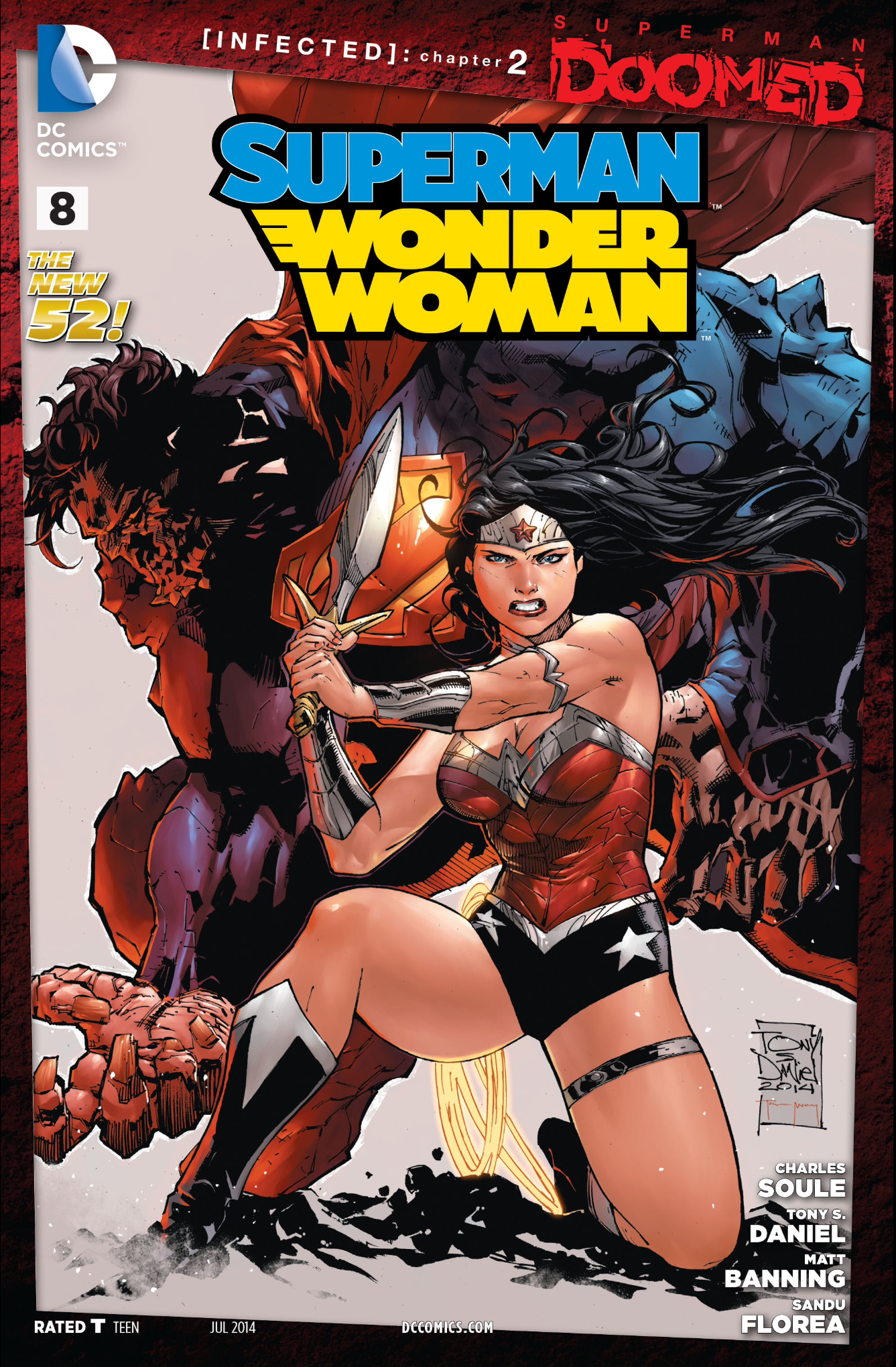Storm #1
Writer – Greg Pak
Artist – Victor Ibanez
Colorist – Ruth Redmond
Letterer – Cory Petit
Review by Joey Braccino
“When I was a girl… the sky called me home.”
Ororo Munroe is a lot of things to a lot of people. Better known by her codename, Storm, Ororo has long been one of the most recognizable and important characters on the X-side of the Marvel universe. In recent years, she has enjoyed increased visibility both as a lead character in various iterations of the X-Men and Astonishing X-Men series as well as the (former) Queen of Wakanda, which in turn saw her appear regularly in various Fantastic Four and Avengers stories as well. Storm wed the Black Panther in the latter’s solo series back in 2006, and they stayed a super-power-couple until the hasty dissolution of their marriage in 2012’s Avengers Vs. X-Men. And yet, despite this elevated and consistent popularity, Storm has never had a solo ongoing series. Ever. Sure, we’ve had the occasional mini- (including a solo mini-series in the ‘90s by Warren Ellis), but despite being one of Marvel’s most prominent characters—Black, female, or otherwise—Storm hasn’t had a series to call her own.

Until now. Today, Marvel releases Storm #1, and it is in excellent hands with Greg Pak and Victor Ibanez.
It was only a matter of time before Marvel’s increased efforts to elevate it’s stable of superb female characters made its way into the X-side of things, and it’s no mistake that Storm is the one to get the nod. As I mentioned before, Storm is one of the most important characters in the entire Marvel stable, mutant or otherwise. One of the first Black superheroes, and the first Black female character, to appear in a major, mainstream comic, Storm’s identification as a mutant paralleled her identification as African. Since her inception in 1975’s Giant-Size X-Men #1, Storm has been a consistently present, powerful character in all things Marvel.
Storm #1 captures this history expertly and eloquently. In fact, the central conceit of the new series seems to be Storm’s inner conflict of determining just which part of her long history truly represents her identity. After all, she has been a Goddess to some, a Weather Witch to others, a mutant, an X-Man, an Avenger, a member of the Fantastic Four, a Princess, a Queen, and now a Headmistress of the Jean Grey School; while all are facets of her history, which truly represents Ororo Munroe, and which does she take with her as her life goes on. It’s a fantastic inner conflict for such an influential and important character, and Greg Pak carries this theme throughout the first issue. One of the modern comic’s most acclaimed writer, Pak has a knack for telling fresh stories that spin out of a character’s defining, identifying conflict. Look no further than his handling of Hulk’s manipulation of the beast in Planet Hulk or his (re)definition of both the Red Skull and Magneto’s rise to villainy for examples of this understanding of character. Here, he does much the same with Storm.
The action of Storm #1 starts with our titular character saving a small village from an impending tsunami. It is an awesome sequence, perfectly illustrated by Victor Ibanez, that captures Storm’s immense power. The actual impact of the scene, however, comes from a quiet moment amidst the display of power in which Storm catches the gaze of an awestruck admirer—a young girl grateful for salvation. It is in this moment that we see one interpretation of Storm—reverence and admiration, bordering on worship. The other side of the coin, however, is shown when Storm returns to the Jean Grey School, and a struggling teen calls her a sell-out for abandoning her community and signing up for Xavier’s band of mutant ideologues. While it is extreme, the scene serves as an outward manifestation of Storm’s inner conflict; is she a mutant superhero, or is she the Windrider responsible for her people?
Victor Ibanez’s bold naturalism captures Ororo Munroe perfectly. Similar to Cliff Chiang’s work on Wonder Woman over at DC, Ibanez’ cinematic aesthetic emphasizes Ororo’s grace and strength and Storm’s immense power while still maintaining a sense of stillness when needed. A comic like Storm doesn’t necessarily call for explosions and space monsters (though I’m sure Ibanez could handle those expertly), but rather a subtly and nuance to balance the Amazonian power of its titular character. Ibanez (and Ruth Redmond’s bold color palette) is perfectly suited to the job.
Verdict
Buy it. Read it. Love it. Greg Pak and company deliver the Storm series that not only presents the character well, but also capitalizes on her long, storied history in the Marvel Universe. Ororo Munroe is one of the most significant characters in all of comicdom, and it’s a real pleasure to see her finally get her due in Storm #1. Check it!











